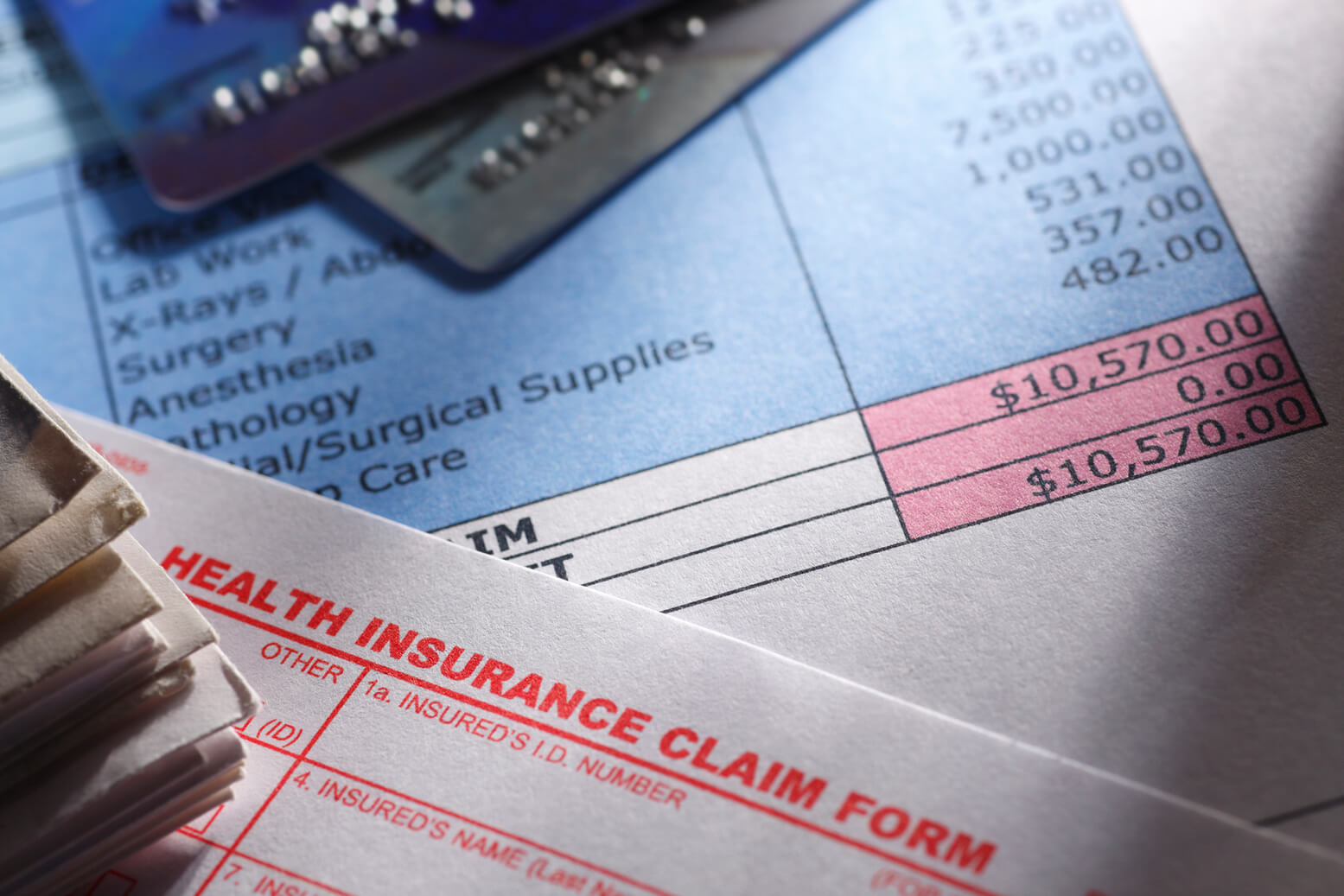Surprise bills, billing errors and vast swings in average prices for similar tests and procedures underscore the need for transparency and reform in hospital pricing.
The issue:
Hospital care is the single largest component of national health care spending. We expect that our health care premiums will cover most of our hospital costs, but over half of us have received a surprise medical bill in the past year for a cost we thought was covered by our health insurance. Many surprise hospital bills result from “balance billing” for treatment at in-network facilities by out-of-network providers. Others result from a lack of customer understanding of complex health benefits and opaque pricing and still others are a result of billing errors. According to the Ipsos/CQC research, 75 percent of Americans think medical bills are confusing to understand.
Additionally, too many consumers are finding out that prices for hospital services vary widely and hospital pricing in general is opaque, making it more difficult than ever to figure out what you might have to pay. Sixty-five percent of Americans said it is difficult to understand the cost of care received at a hospital, according to Ipsos/CQC research. In an attempt to address this problem, hospitals are now required to post list prices online. Unfortunately, consumers are finding that despite these “chargemasters” being public, it can still be difficult to know where to find them, how to read them and to how determine which charges they would be responsible for in any given treatment scenario.
Real-life #hospitalfail examples:
Surprise Bills
A consumer from Georgia was frustrated after receiving a surprise bill for a routine mammogram that had always been covered by her insurance. In Texas, one woman took all the right precautions when scheduling a post-miscarriage procedure. She told CQC as part of the #HealthCareFail campaign that she had confirmed the facility and provider were in-network, but was later hit with a $3,000 surprise bill because the anesthesiologist was out-of-network. Not only did she have to deal with the grief of her miscarriage, the unexpected financial hardship made the healing process much harder for her and her family.
A NJ man was cleaning a sailboat when the boom swung violently and hit him in the face, leaving him with a broken nose and broken bones in his left eye socket. The emergency physician summoned the on-call plastic surgeon, who admitted him to the hospital and scheduled him for surgery the next day. Six weeks later, Bob Ensor fielded a call from a collection agency about how we planned to pay more than $70,000 for an assistant surgeon. Next, he received notice that the health plan wouldn’t cover the $95,000 bill from the first plastic surgeon because he was out-of-network. The Ensors were never notified of the surgeons’ out-of-network status.
Fear of surprise bills led one mother to sit in the parking lot outside of an emergency department – instead of going in for immediate treatment – after her daughter got into a bottle of Dramamine. The poison control hotline told Lindsay Clark that she should take 2-year-old Lily to the emergency room as a Dramamine overdose can result in seizures. After a fall down a flight of stairs resulted in a $1,200 bill that she had yet to pay, Clark knew how expensive emergency care could be. She and her husband decided to give Lily some activated charcoal at home and drive to the ER, planning to rush inside only if Lily showed any symptoms.
Cristina from Florida shared her #HealthCareFail about the surprise bill that resulted when her son’s emergency room visit was improperly coded. What followed was a long-drawn out process of going between the hospital and insurer to get the coding fixed and her son’s visit covered.
Hospital Pricing Variances
A Florida man received two CT scans ordered by his doctor only a few weeks apart. The first one was performed at a local imaging center for $268, while the second was done at a hospital at a cost of $8,897. In another instance, a New Jersey woman received an ice pack and bandage, but quickly left the emergency room after learning it was not in her insurance network. She was still billed nearly $5,000 for the visit. A metabolic panel, one of the most common medical tests, can cost as little as $11 or as much as $952, according to a recent study by the Health Care Cost Institute. In the Tampa, FL, market alone, the price of the tests can vary by up to 40 times the cost of the least expensive test. Price swings that large are unheard of for other types of products.
What you can do:
Recent research shows that four in five medical bills contain at least minor mistakes, so it’s important to review bills and insurance “Explanation of Benefits” closely to ensure you received the specific services, procedures and supplies charged. You can visit www.consumers4qualitycare.org/healthliteracy for a tutorial on how to read a medical bill.
It’s also very important to watch out for out-of-network providers serving at in-network facilities. Hospitals aren’t under any obligation to tell consumers what insurance an ER doctor accepts.
Consumers should also do their best to understand pricing and what they are responsible for in advance of having procedures performed. Unless it is an emergency situation, do as much research into pricing ahead of time and determine your share of the bill. By demanding this transparency prior to your procedure, you’ll be able to make a more informed decision about how you will cover your costs.
77: Percent of American consumers who believe hospitals, health insurers and pharmaceutical companies should be more transparent about the cost and access to health care.

